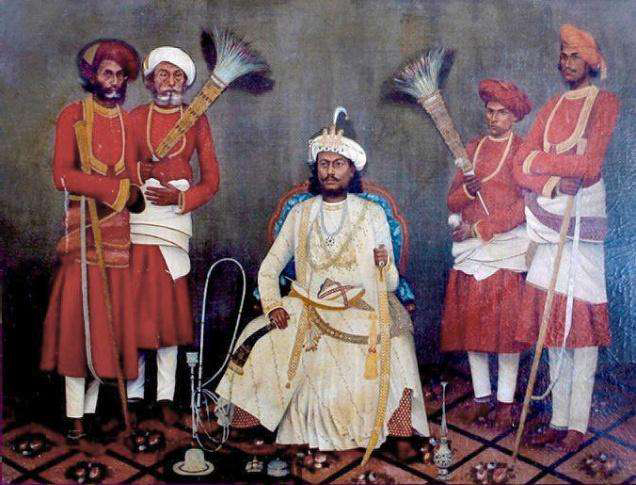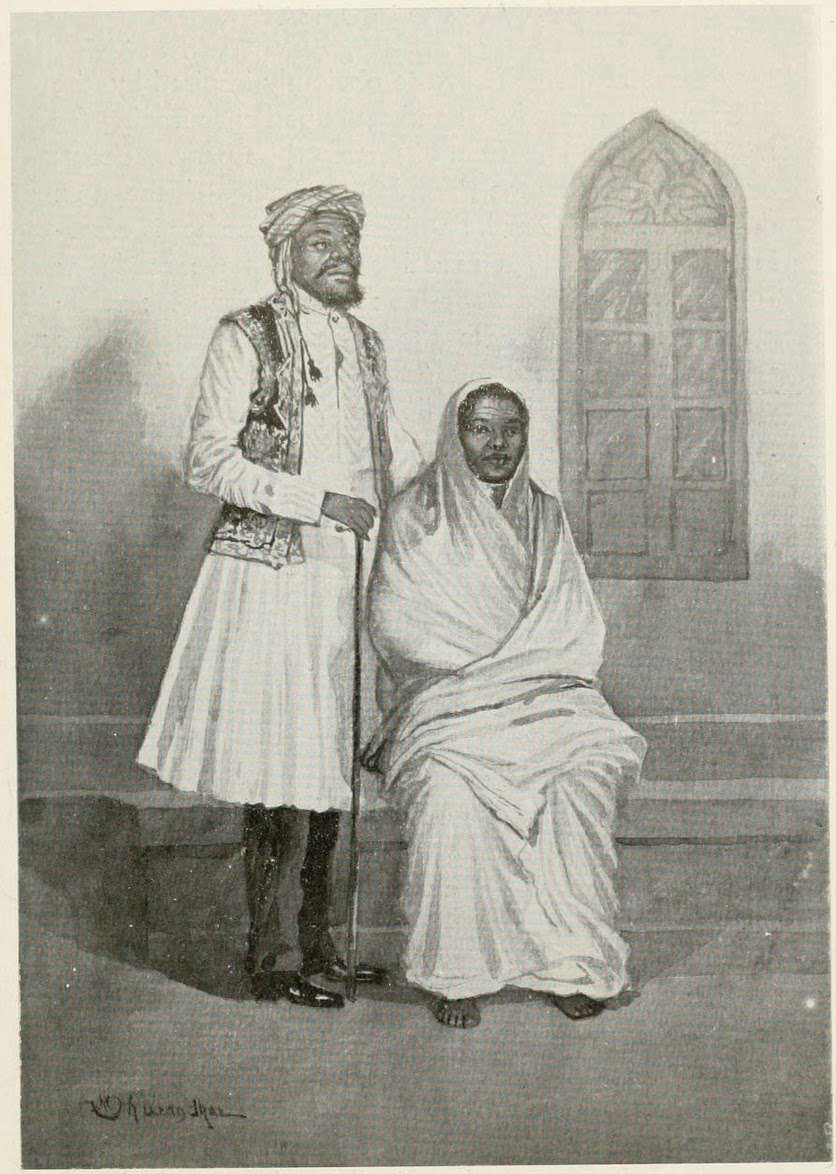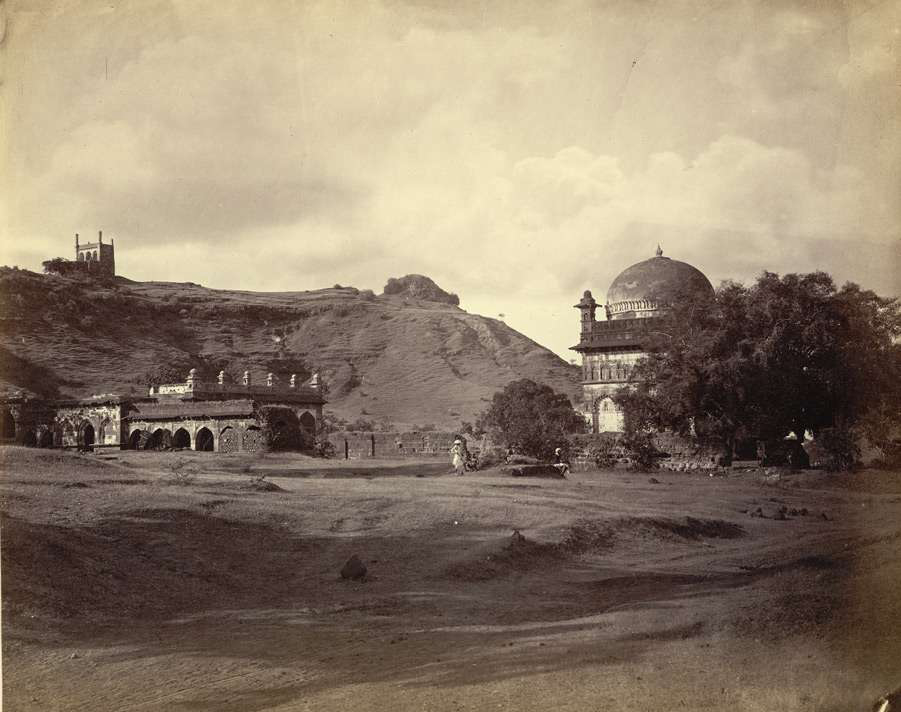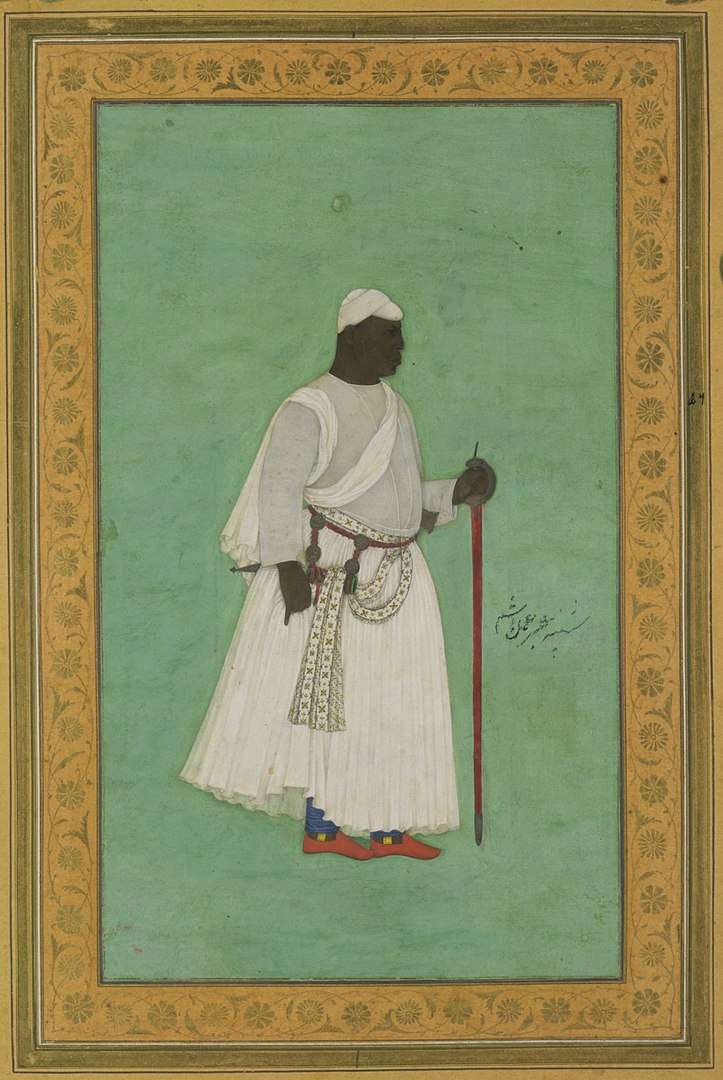
Nawab Ibrahim Mohammad Yakut Khan II of Sachin (1833-1873)
Exploring our history is essential, as it offers us a precious lesson of our civilization's evolution. It tells us who we are, what we created, what mistakes we committed, and why we do the things we do today. But we barely learn some pieces of our history. Those who had the proficiency to write depicted the history in their own perspective, and as Winston Churchill said, “History is written by the victors”, the history is all about the mass community conquerors. But there is a little part which survives through the storms of other great stories, the tale of African slaves who became emperors in India.
Thousands of years before the establishment of Rome and Greece, numerous African slaves created an influential culture in India. The initial relation to Africans in India appears in the 7th century. Africans were primarily arrived as slave trades, riding from east to west, and there was a flourishing and little-remembered clan that sailed eastwards to India. And factual evidence of African slave trades on the Indian subcontinent is available from the 12th and 13th centuries when a significant portion of India was ruled by the Mughal leaders. The African slaves were initially identified as ‘Habshis’, a Persian term for Ethiopia, similarly called Abyssinia. But some elite Africans were also called as ‘Siddi’, an Arabic word for Master. In today's time, the term Siddi also describes current Africans in India.

Western India's massive Deccan plateau was ruled by some Indian and foreign emperors, they bought their African slaves from Arab traders in exchange for luxurious commodities. Indian kings and sultans opposing to each other for territory and wealth employed these African slaves as their soldiers. The ancient coins found in Bengal explains the story of primary Africans in India. The story explains how African slaves were parts of the Mughal empire in Bengal. They were included in warfares as well as the administration and politics. Eventually, they managed to seize authorities from their strengths and the political secrets they knew. Even one of the Africans, named Barbak Shahzada conquered the province of Bengal with his intellect, and began the initial empire of Africans in the 14th century.

Tomb of Malik Ambar
In the mid-16th century, Africans were emerging in Indian culture and society. One of the most popular African kings of India, Malik Amber was landed on the Indian subcontinent in this period, as an elite military slave. He was resold a number of times, and he untimely landed on the province of Ahmadnagar as a Habshi military slave. And when Ahmadnagar fort fell into the hands of the Mughals with the help of African slaves, the period of African slaves turning into political individuals began.

Malik Ambar - Ahmadnagar
Later with time Malik Amber commanded around 3000 cavalrymen and became a hurdle for other kings. Moreover, he constructed a fort at Janjira, in the Konkan coast, which the Marathas and Mughals struggled to conquer. With time the other African kings of Janjira also tried to expand their kingdom.

Not just Malik Amber but other individuals also created massive social alliances for African slaves in India. They ruled some parts of the Deccan plateau, Gujrat, and some parts of Bengal as well. Malik Sarwar, Jamal al-Din Yaqut, and Malik Aldin Khan Sultan were the prominent African kings in India. Even today, there are around 20,000 Indian Africans or Siddis residing in the Indian states of Karnataka, Gujarat, Maharashtra, and Hyderabad.

Source: wikipedia
Siddi village in Sasan Gir. Indian people of African descent.
In other countries like America and Europe, African slaves were used for plantation and industrial labour. But in India, they were employed as elite military battalions, providing them the entry with the political powers and secrets which they gradually used to evolve as leaders in their own justice, governing over some parts of India. And it is significant for Indians to understand that not just Mughals, Portuguese and British influenced the civilization in India, but Africans also solidified some shreds of History in India. But this part of Indian history and the current African community in India is mostly overlooked by everyone.
___________________________________________________________________
Reference:
(www.panafricanalliance.com / www.livehistoryindia.com / www.bbc.com)
